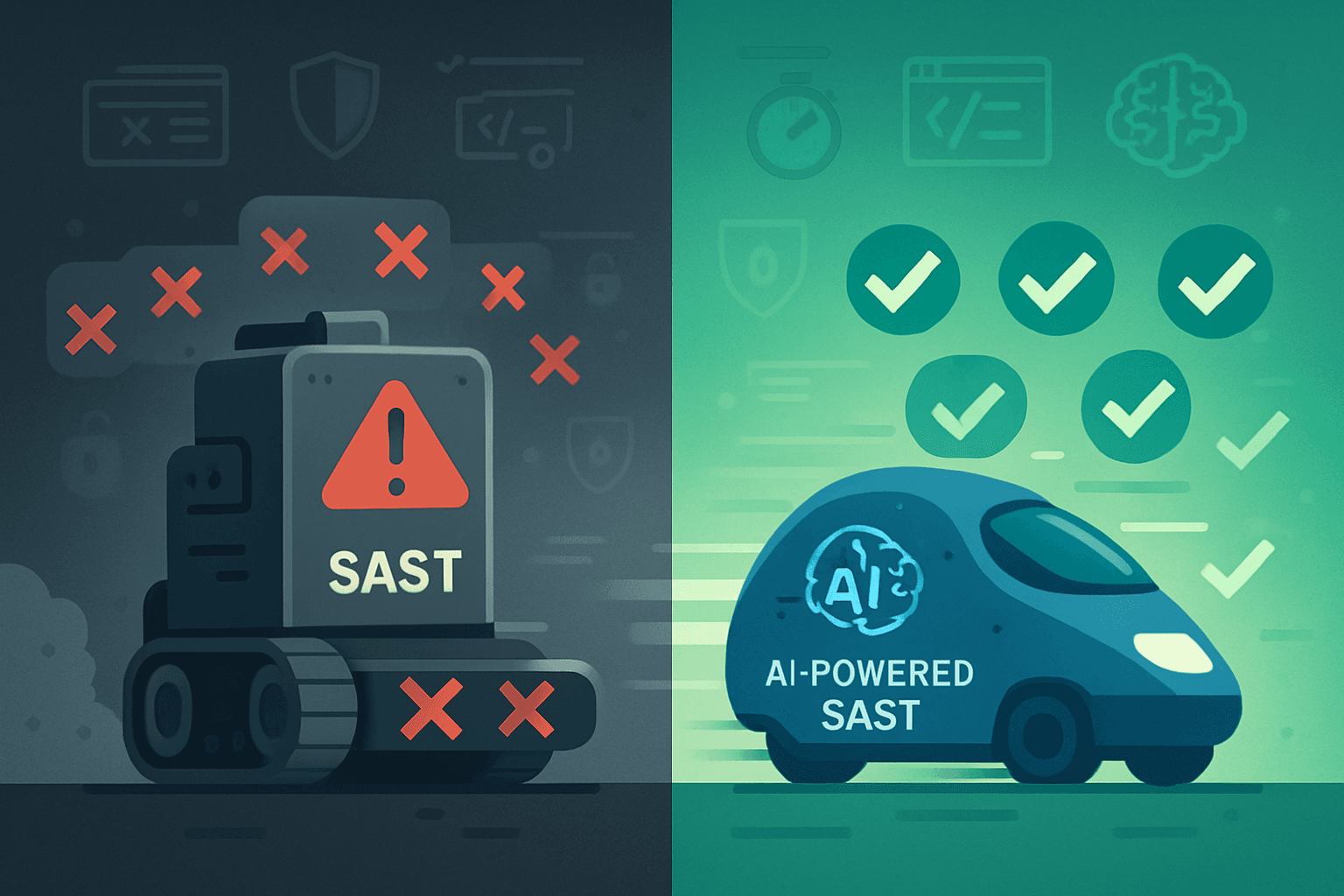Static Application Security Testing (SAST) has evolved dramatically with artificial intelligence integration, transforming how organizations approach application security testing. While traditional SAST tools served their purpose, AI-powered SAST solutions deliver unprecedented accuracy, speed, and intelligence that modern cybersecurity demands.
Enhanced Detection Accuracy That Matters
AI-powered SAST tools leverage machine learning algorithms to analyze code patterns with remarkable precision. Unlike traditional methods that rely on rigid rule sets, these intelligent systems understand code context and identify vulnerabilities that conventional tools often miss. The result? Enhanced detection accuracy that reduces security blind spots while maintaining comprehensive coverage across complex codebases. AI systems continuously learn from vast datasets, enabling them to recognize emerging cyber threats and attack vectors that traditional static analyzers cannot detect. This adaptive capability ensures your security testing tools remain effective against evolving threats.
Dramatically Reduced False Positives
Traditional SAST generates overwhelming numbers of false positives, creating alert fatigue for development teams. AI-powered security testing addresses this critical pain point by applying contextual reasoning to distinguish genuine vulnerabilities from harmless code patterns. Machine learning models trained on extensive security data can accurately differentiate between real threats and code anomalies, allowing security engineers to focus on legitimate issues rather than investigating countless false alarms.
Lightning-Fast Vulnerability Detection
Modern DevSecOps environments demand speed without compromising security. AI-powered solutions scan large, complex codebases significantly faster than traditional automated methods or manual reviews. This acceleration enables:
Real-time vulnerability detection during development
Seamless integration with CI/CD pipelines
Faster time-to-market for secure applications
Early identification of security vulnerabilities in the development lifecycle
Intelligent Context Understanding
Unlike traditional tools that search for keywords or known patterns, AI-powered SAST understands the contextual relationships within code. This contextual awareness enables the detection of business logic flaws and complex vulnerabilities that require a deep understanding of how different code components interact. AI models can recognize when specific API calls or code sequences represent genuine security risks within particular application contexts, rather than flagging generic patterns.
Continuous Learning and Adaptation
The cybersecurity landscape evolves rapidly, with new attack vectors emerging constantly. AI-powered solutions automatically adapt to these changes through continuous learning, eliminating the need for manual rule updates. This ensures your application security testing remains current against the latest threats.
Scalability for Modern Applications
AI-powered SAST tools handle the complexity and scale of modern software systems effortlessly. Whether analyzing microservices architectures or monolithic applications, these solutions maintain performance and accuracy across massive codebases that would overwhelm traditional tools.
The Bottom Line
The shift from traditional to AI-powered SAST represents more than technological advancement—it's essential for effective cybersecurity in today's threat landscape. Organizations adopting AI-enhanced static application security testing experience fewer false positives, faster detection, and superior accuracy.As cyber threats become more sophisticated, traditional rule-based approaches cannot keep pace. AI-powered security testing tools provide the intelligence, speed, and adaptability necessary to protect modern applications effectively. Investing in AI-powered SAST isn't just about better tools—it's about building a more secure, efficient, and future-ready development environment.
